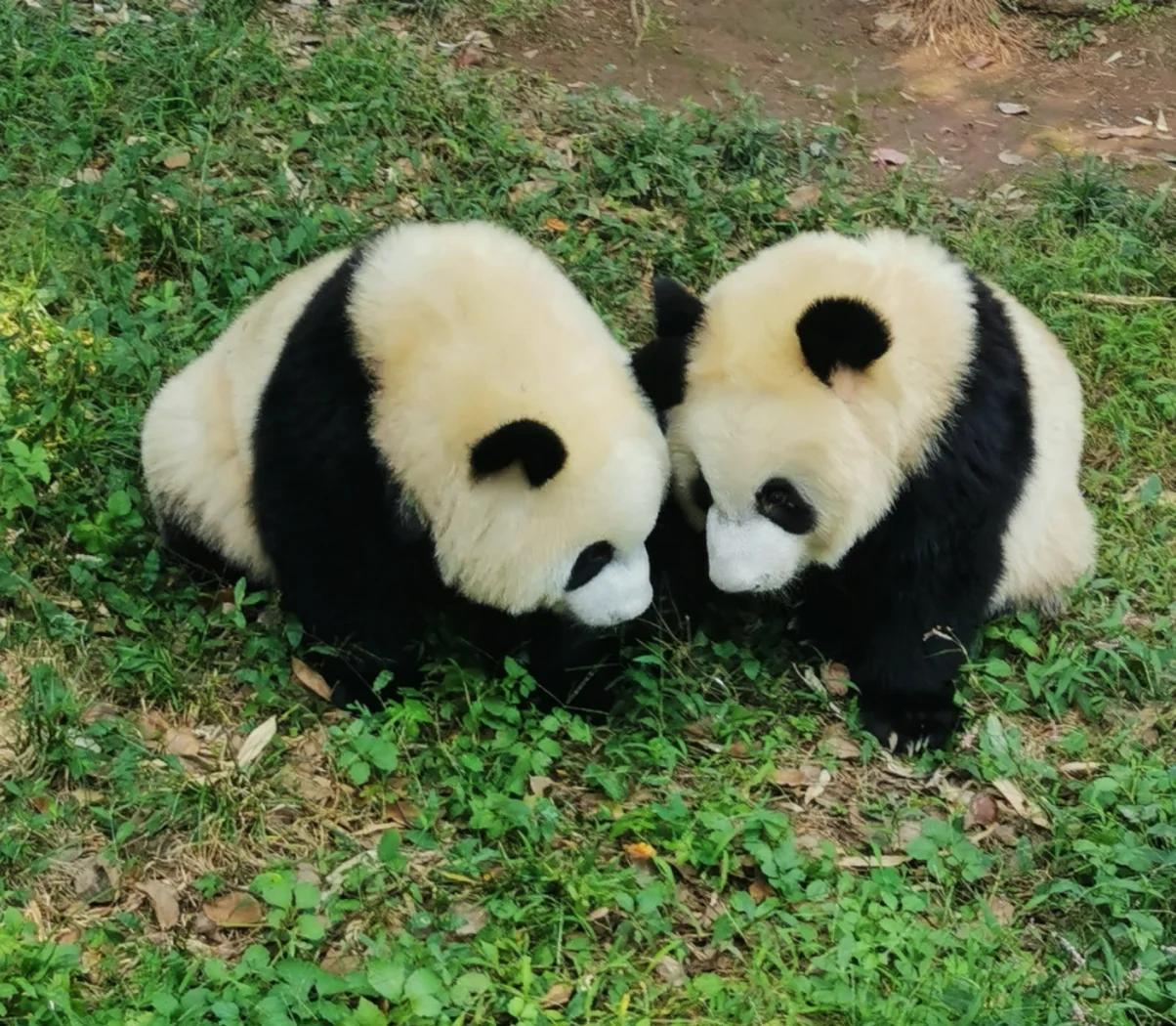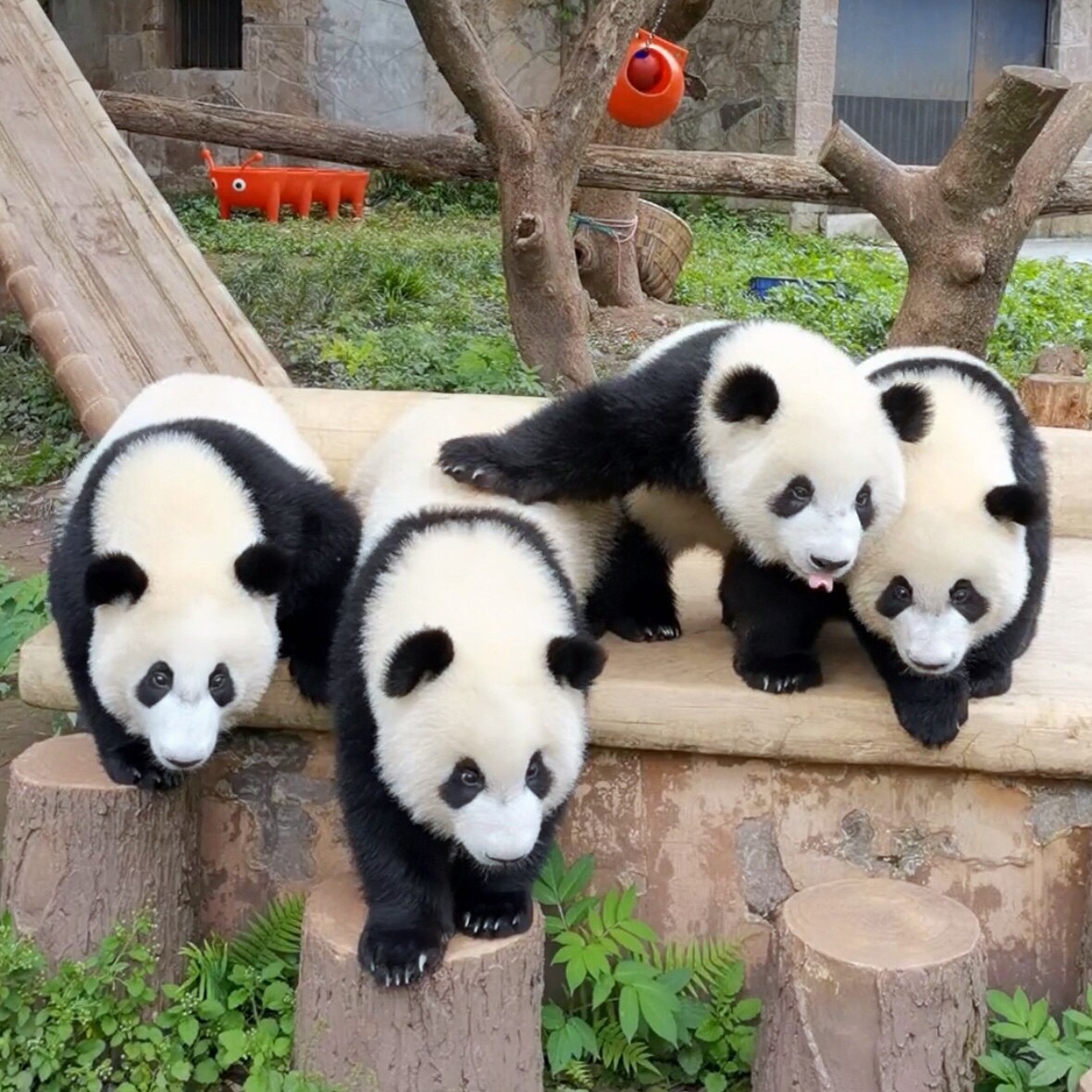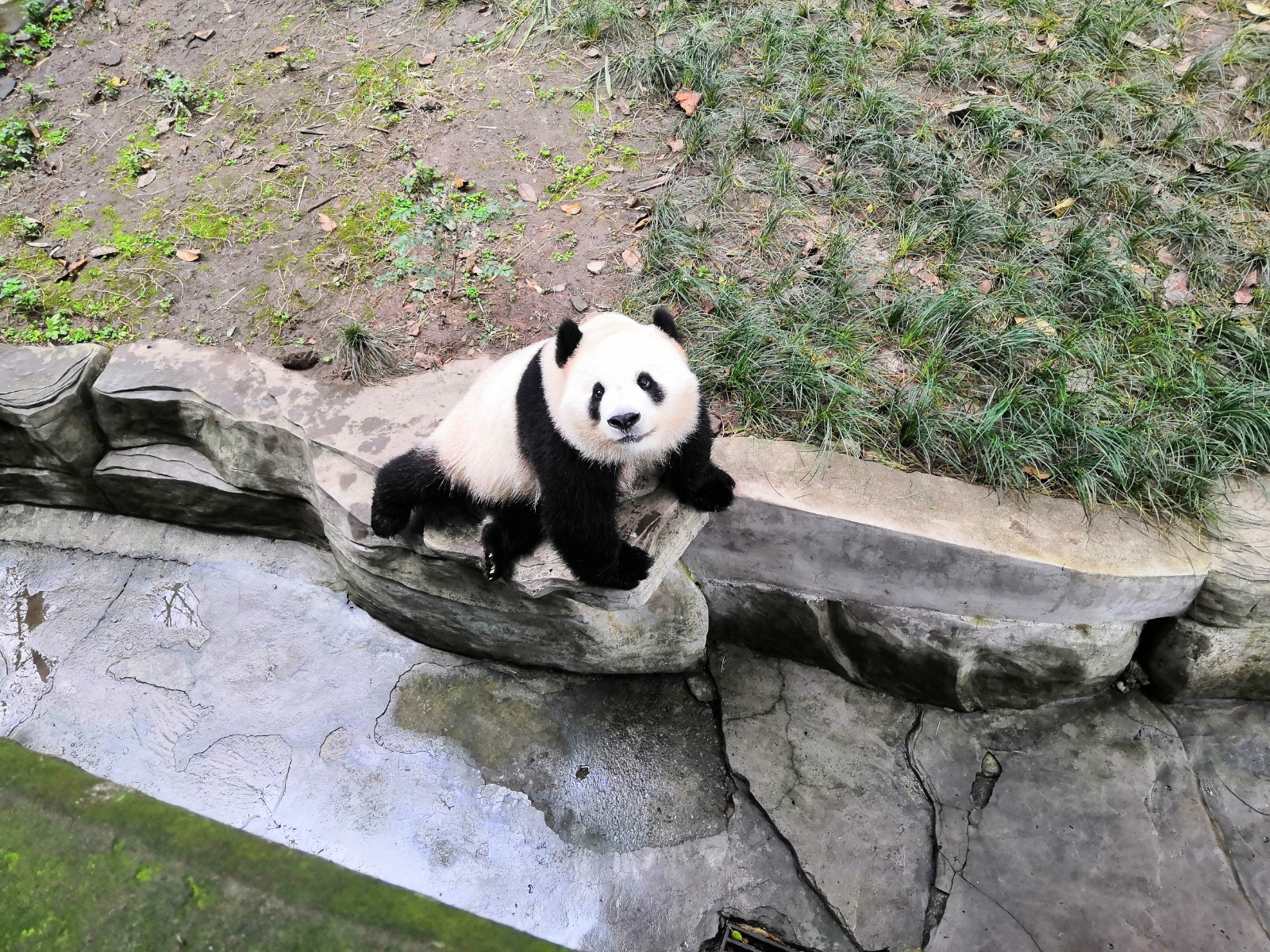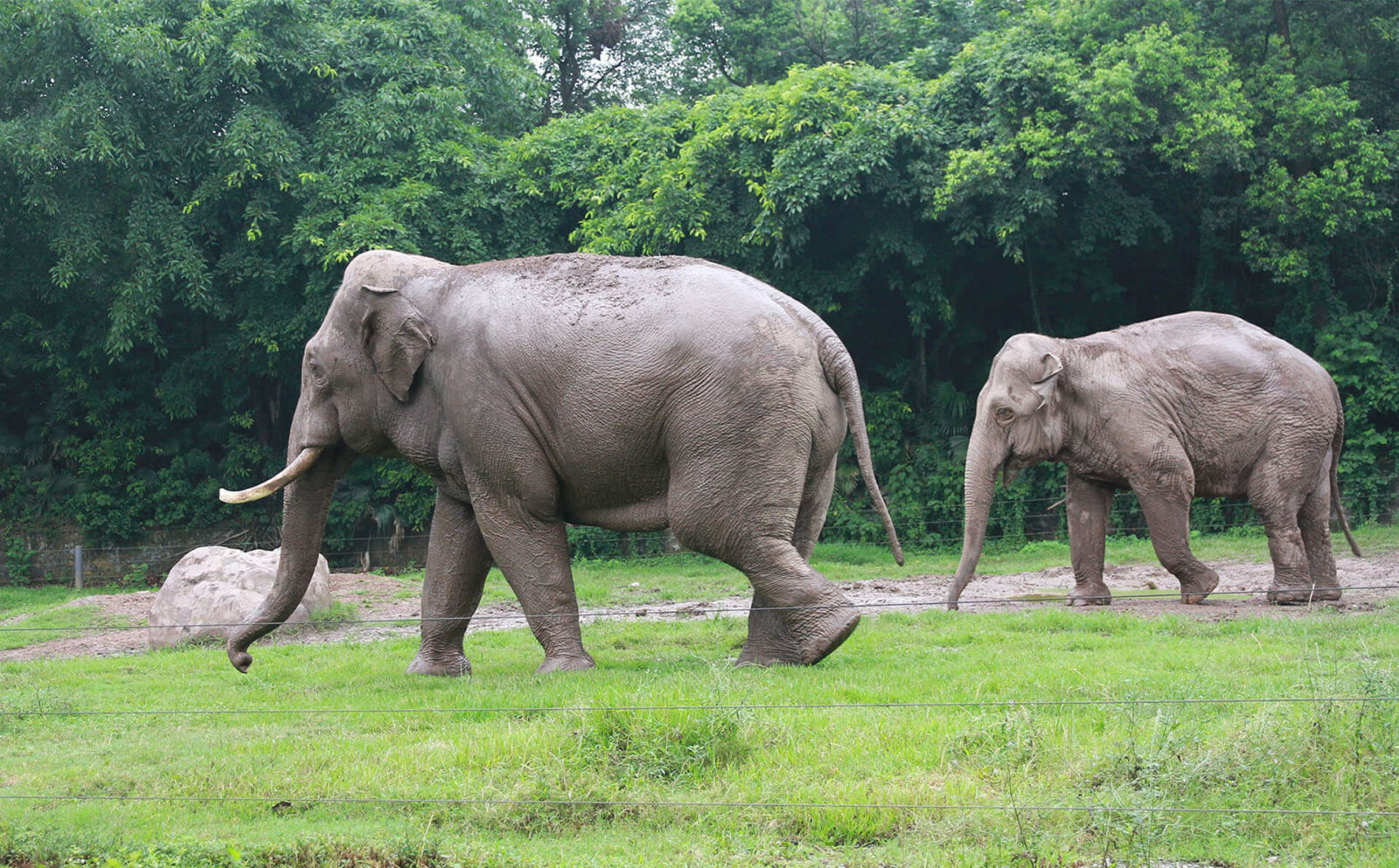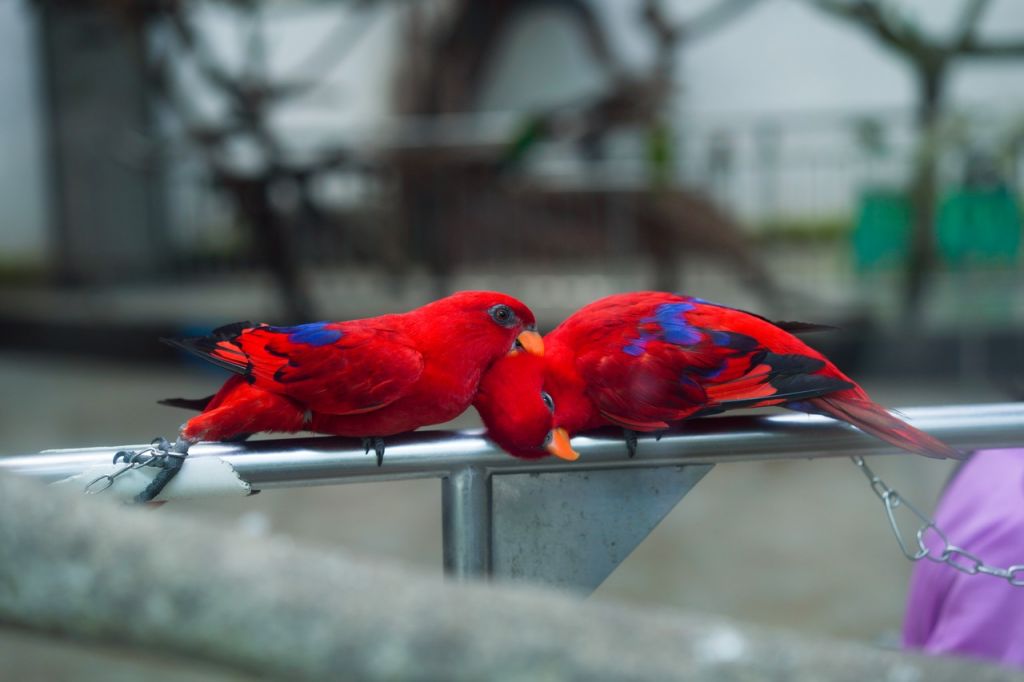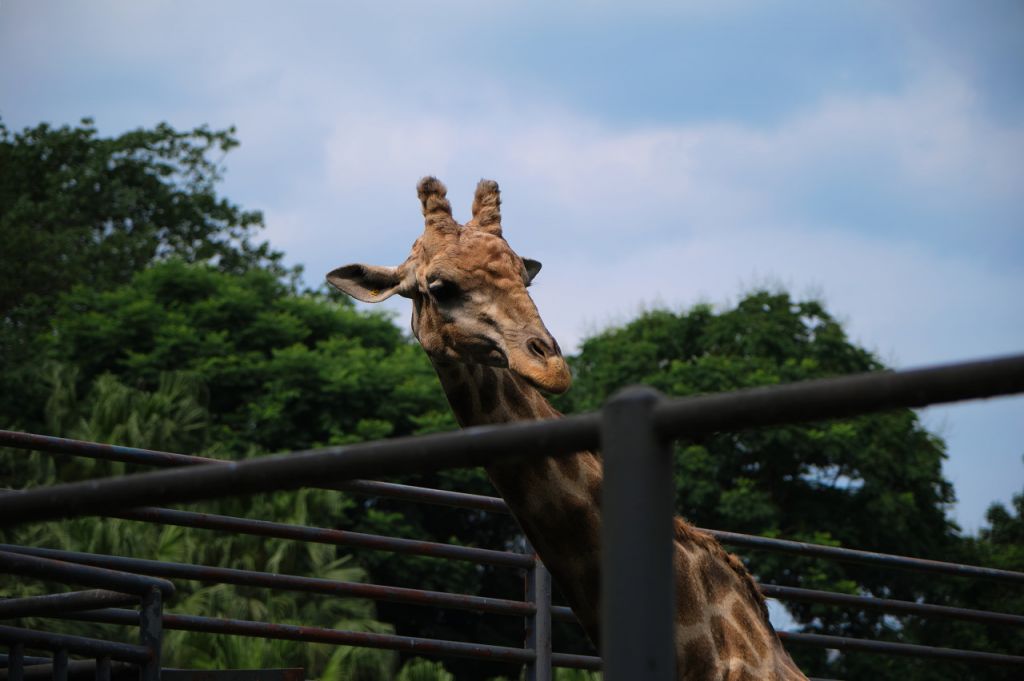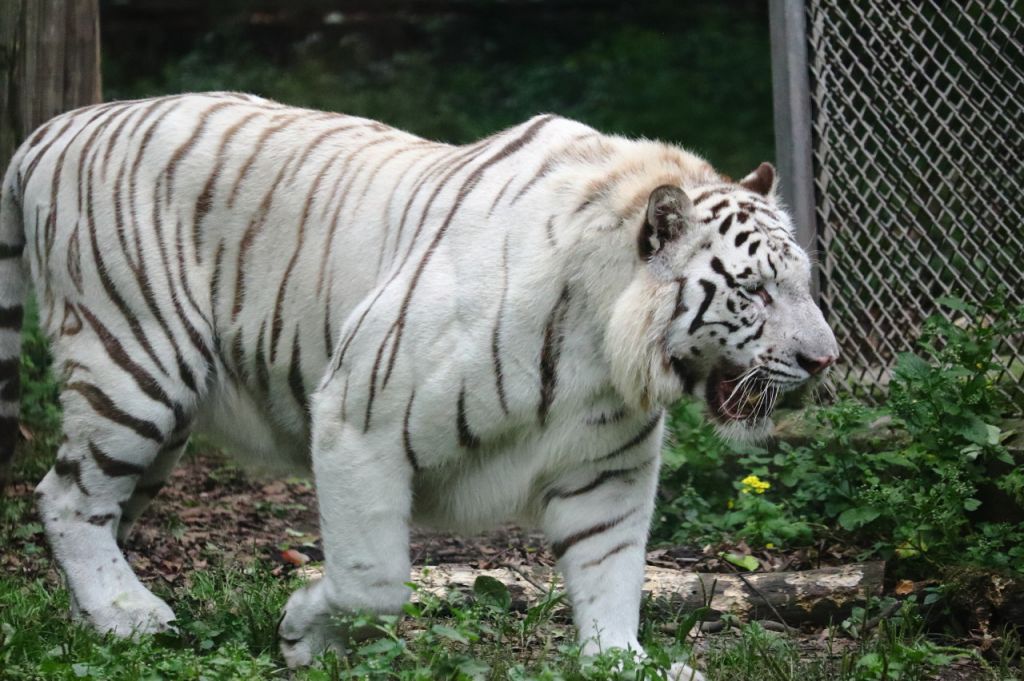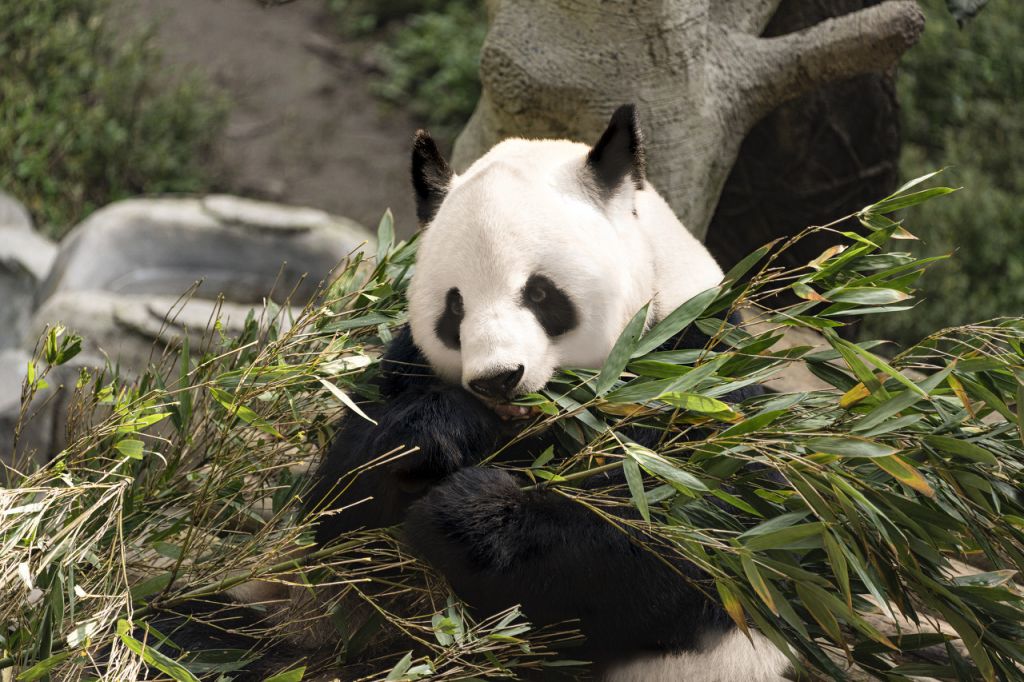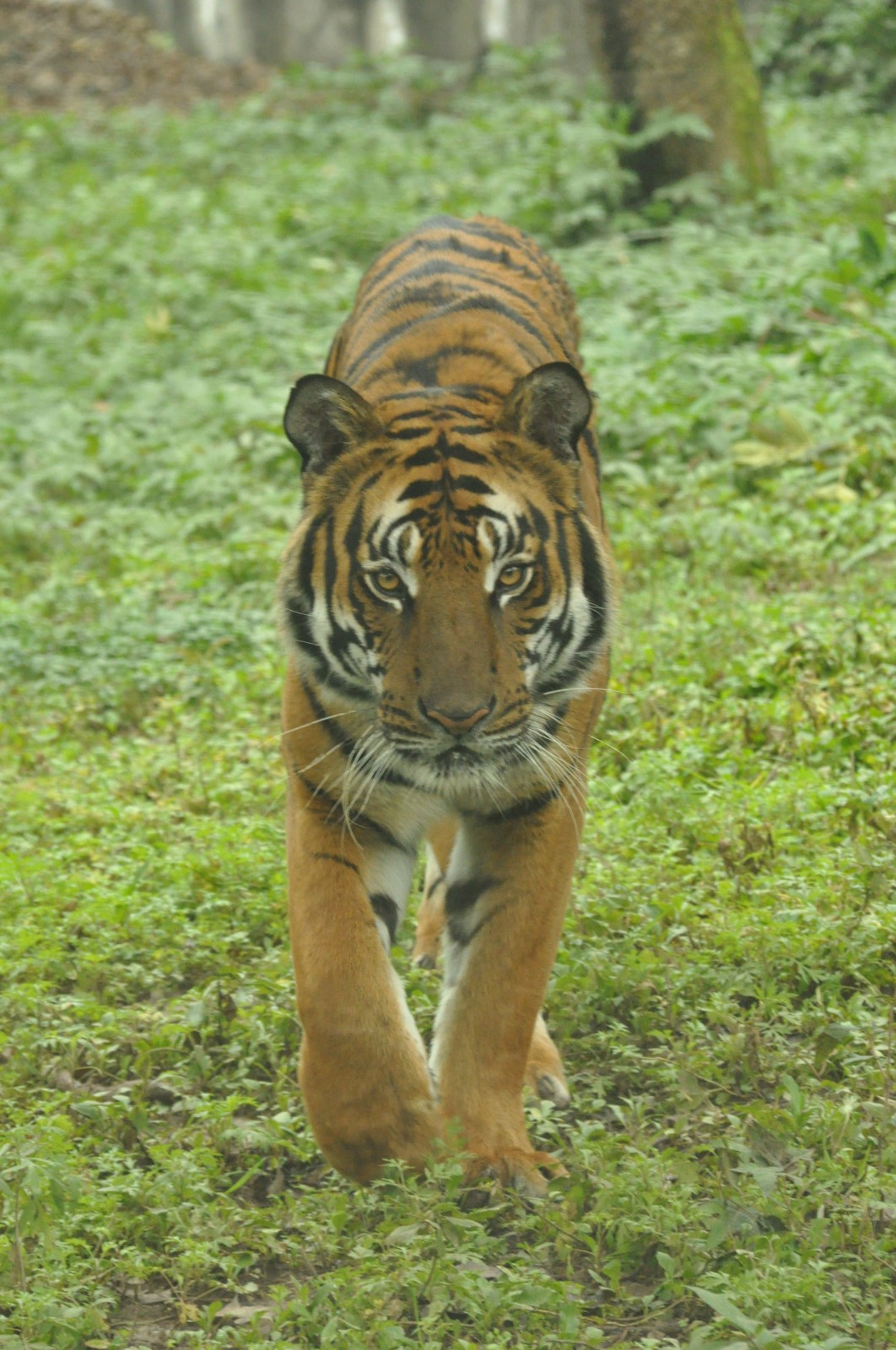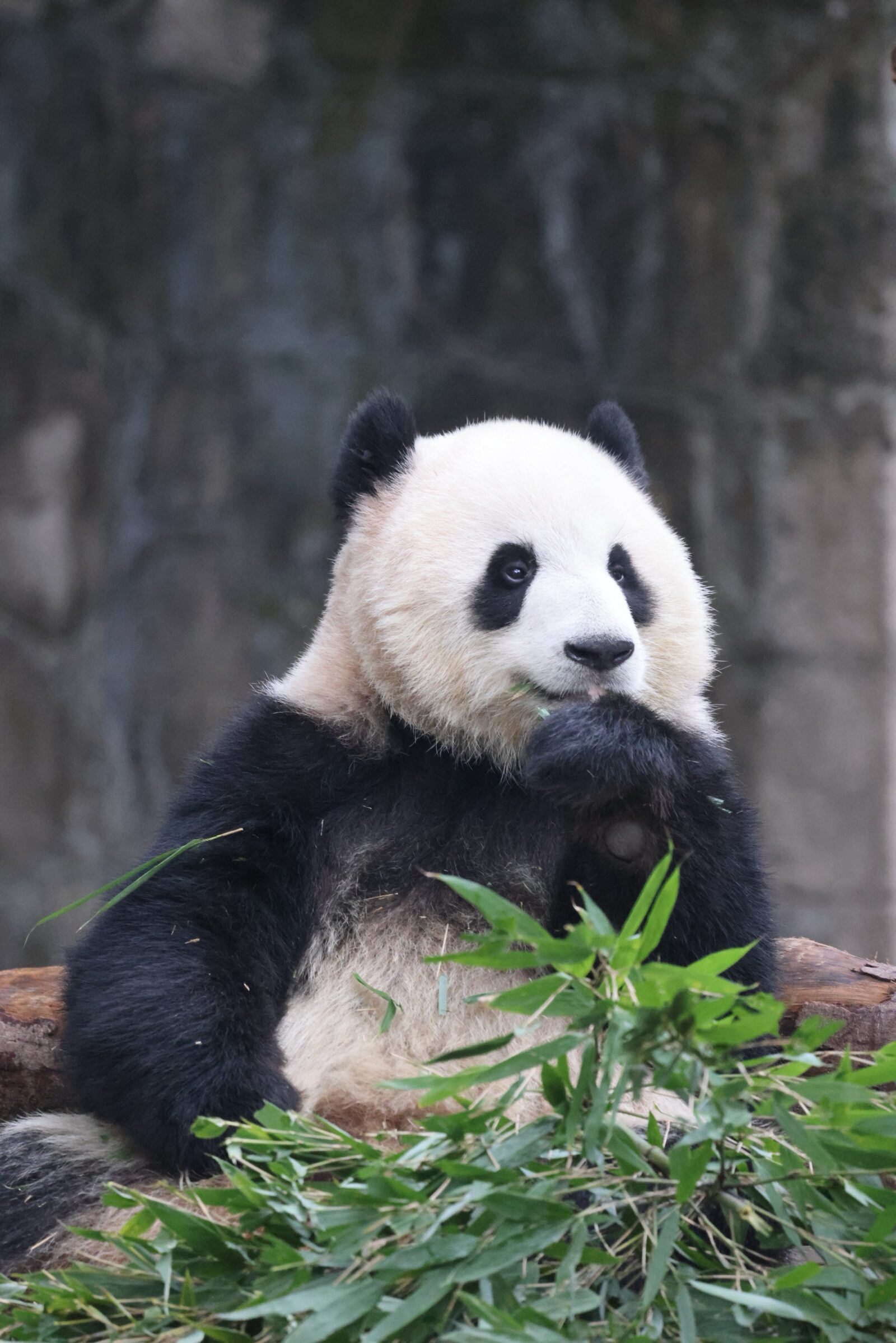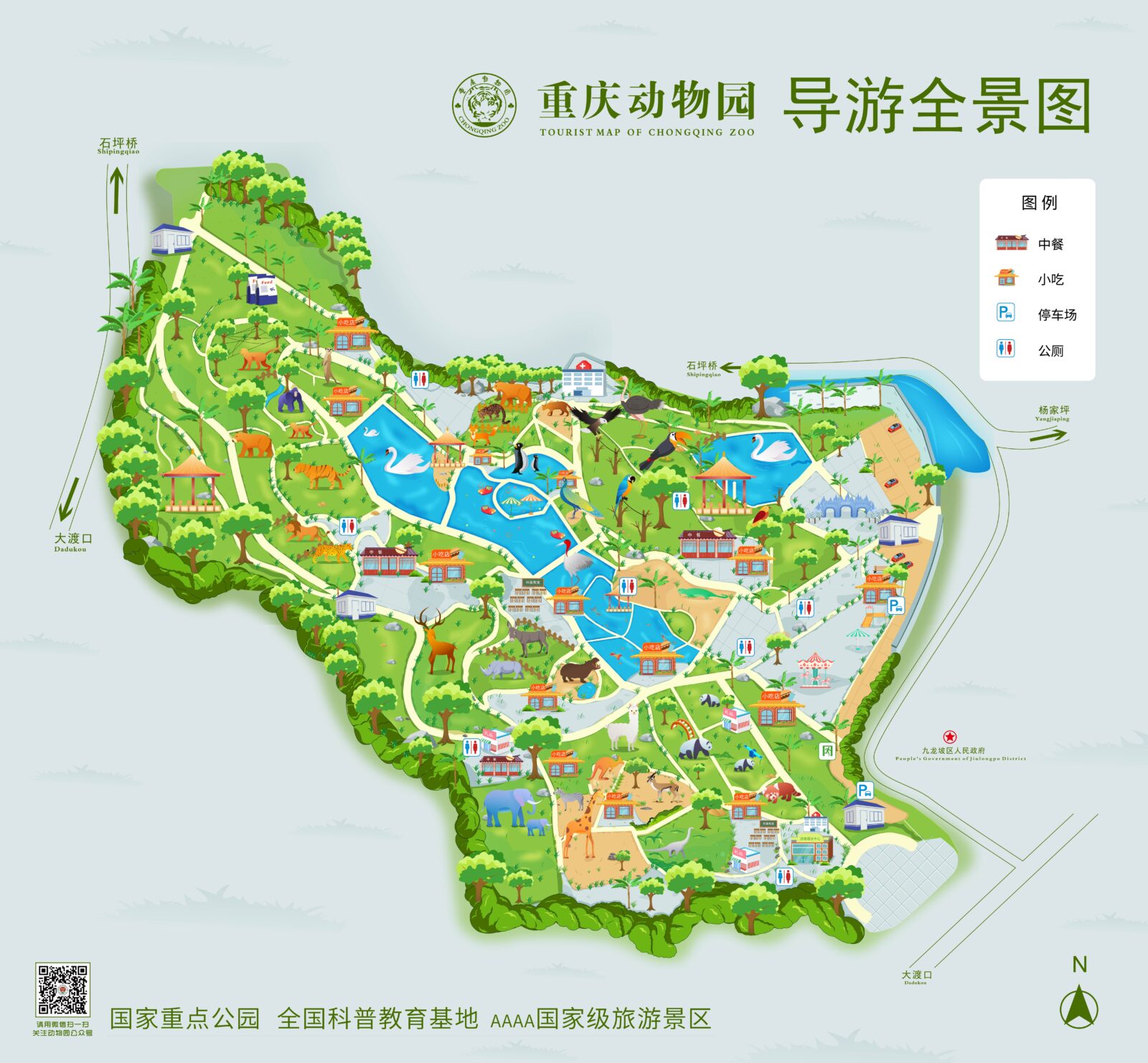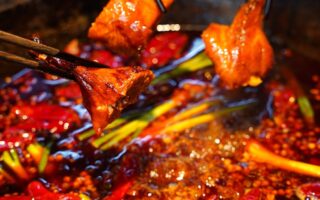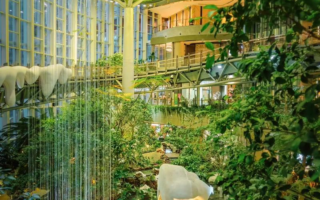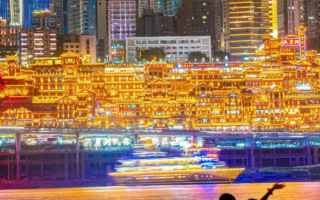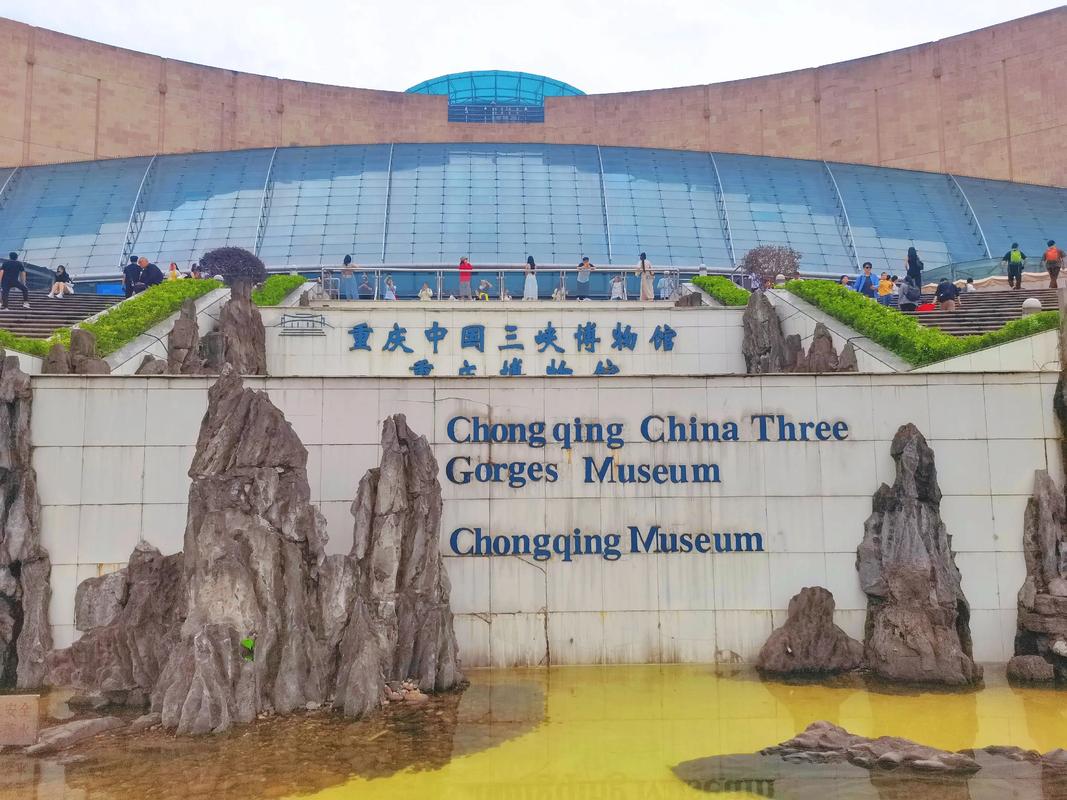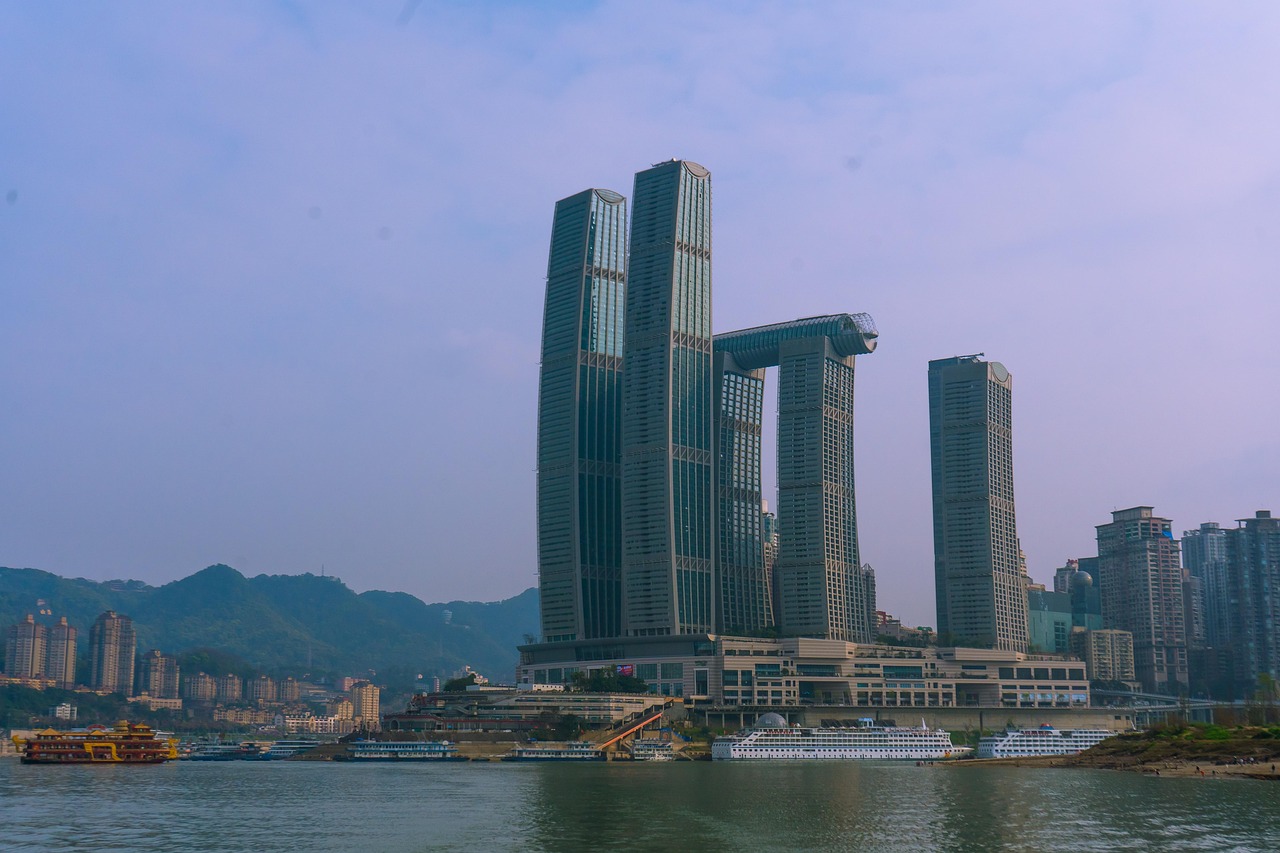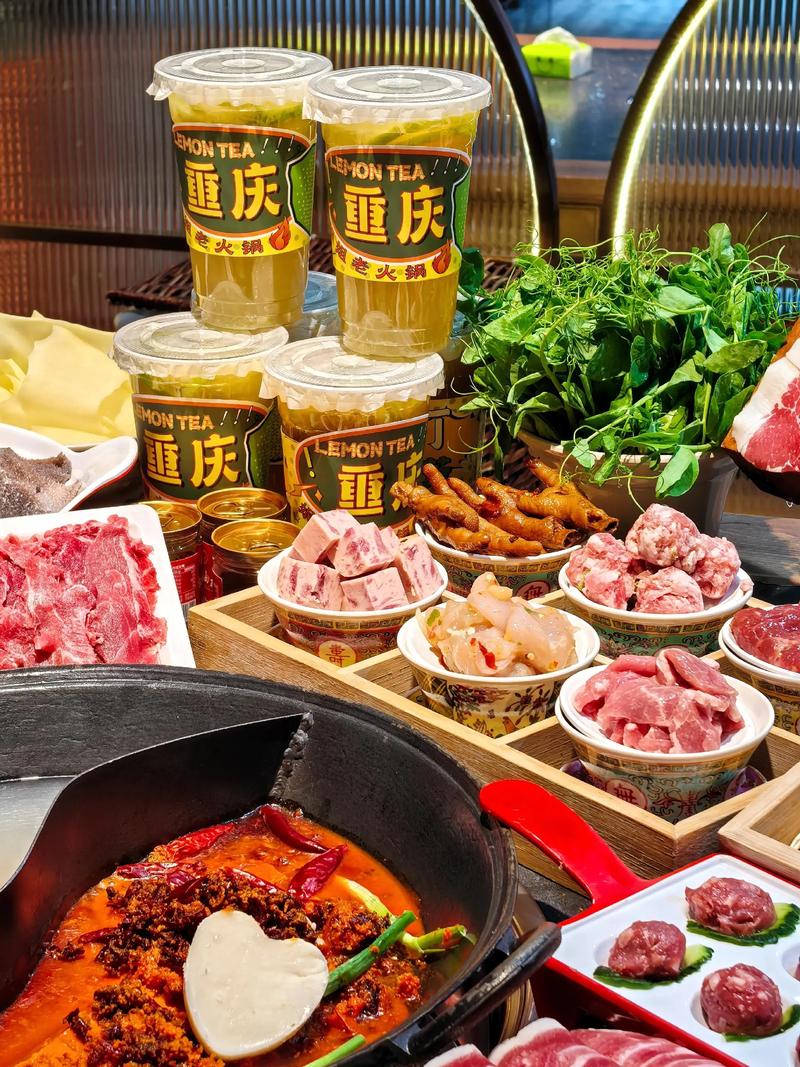Planning a trip to Chongqing Zoo can feel a bit overwhelming at first. The city itself is huge, the zoo is tucked into one of its busiest districts, and there’s always the question—pandas or no pandas, is it really worth it? This guide is meant to clear that up. You’ll find straight answers to the questions travelers ask most, from ticket prices and opening hours to what the atmosphere is really like inside. Think of it less as a formal brochure and more like advice you’d get from a friend who’s already been.
Highlights of Chongqing Zoo
Giant Pandas and Red Pandas: The Star Residents
The biggest draw at Chongqing Zoo is, of course, the giant panda house. It isn’t massive like Chengdu’s research base, but it feels more personal. You can walk right up to the glass enclosures and see pandas rolling in bamboo piles or napping like oversized toys. Sometimes you’ll hear a keeper shout “看!熊猫!” (“Look! Panda!”) and everyone rushes over. It feels less like a staged show, more like you’ve stumbled on a lazy afternoon in panda life. Red pandas live nearby; they dart across branches like foxes in raccoon coats. Kids often confuse them for cats, and honestly, the cuteness level is overwhelming.
What’s tricky here is timing. If you show up around noon, the pandas are usually asleep, sprawled out like tired travelers. Morning (9–11 am) is feeding time, when keepers toss in fresh bamboo. The smell of crushed leaves mixes with the damp zoo air, and suddenly the whole crowd quiets, waiting for a panda to munch. If you only have one hour in the zoo, make this your first stop. The same goes for the lesser-known stars: the koalas from Australia, dozing against eucalyptus trunks, and the rare Asian elephants that kids point at with wide eyes.
Other enclosures near the panda zone also attract long lines—like the giraffe house, where the animals bend their necks down so close you almost feel their breath, or the African lion exhibit where a male sometimes lets out a deep roar that makes the ground tremble. These aren’t just filler animals; for many local families, they’re just as much a reason to come as the pandas. Signs can be funny (“Loin” instead of “Lion”), but they add a touch of local character. With pandas, koalas, elephants, lions, and giraffes all in one route, the “star lineup” makes Chongqing Zoo feel more complete than people expect
Other Rare Animals: From South China Tigers to Golden Monkeys
Many people forget that Chongqing Zoo is one of the few places still home to South China tigers, a species almost extinct in the wild. They live in a quieter corner of the zoo, often pacing behind wire fences. It’s not the most glamorous sight, but there’s weight in knowing you’re looking at a creature on the edge of disappearing. Golden monkeys are another highlight—bright blue faces framed by golden fur, chattering and jumping between platforms. Some travelers say they found this area livelier than the panda house, simply because the animals move so much.
Walking through, you’ll also stumble on Asian elephants, giraffes, and a hippo pool. Unlike some modern zoos, the enclosures here still look a bit old-fashioned—concrete walls, faded paint—but that gives the place a “retro China zoo” feel. One foreign visitor joked on TripAdvisor that it felt like stepping back to the 1980s, except the animals are still very real. The earthy smell of tiger musk or monkey fur clings in the air, reminding you this isn’t a theme park but a living menagerie.
That said, don’t expect all animals to be active. Summer afternoons often leave them dozing. If you’re patient, you might catch a tiger roar echoing through the valley-like grounds. It’s both eerie and thrilling, like a reminder of nature’s rawness in the middle of a big city.
Family-Friendly Corners: Playgrounds, Lakes, and Gardens
Chongqing Zoo isn’t only about animals. Families often spend time at the small amusement rides and paddle boats on Swan Lake inside the park. The lake reflects weeping willows, and if you go in spring, peach blossoms hang low over the water. It’s a quieter corner, where grandparents bring kids to feed ducks with bread crumbs. You’ll notice couples taking wedding photos here, using the zoo as a backdrop, which feels oddly charming.
There are also children’s playgrounds scattered around, with slides that look a bit dated but still packed with energy on weekends. Ice cream stands sell cheap cones—around 5 RMB—and vendors sometimes write English like “cool drinke” on their carts. These imperfections make the place feel less commercialized than, say, Shanghai Zoo. It’s still more about locals enjoying a day out than an international attraction.
For travelers, these corners give breathing space. After hours of walking through cages and enclosures, sitting by the lake with a cold bottle of Wanglaoji (a local herbal tea) can reset your mood. You start realizing the zoo is not only about wildlife—it’s stitched into Chongqing’s weekend rhythm.
Curious where locals go to meet the giant pandas, too? Here’s Beijing Zoo: Discover Pandas, Hidden Gems, and Local Secrets
Chongqing Zoo on the Map
Location and Layout: How Big Is It Really?
Chongqing Zoo sits in Jiulongpo District, southwest of downtown. On the metro map it looks like just another stop on Line 2, but once you step out of Zoo Station (动物园站), the scale surprises you. The grounds stretch over 45 hectares, and it doesn’t feel like a quick stroll in the park. Inside, paths wind between lakes, hills, and old pavilions that remind you this zoo was founded in 1955. It carries both history and size.
First-time visitors often underestimate how spread out everything is. The panda house alone can take fifteen minutes to reach from the main gate if you walk slowly. Signs are bilingual, but the English can be odd—“Animals World” instead of “Animal World.” It’s enough to guide you, though downloading Baidu Maps or Ctrip’s in-app map helps. Locals say you should wear light shoes because the paths aren’t perfectly flat; some slope uphill, and in rainy season they get slippery.
The feeling is less like a theme park and more like a hybrid of zoo and city park. Many Chongqing families come just to walk, sit by the lake, or buy popcorn without even seeing every animal. So when you look at the map, don’t plan to “cover everything.” Pick two or three main zones—pandas, tigers, and elephants usually—and leave the rest for wandering.
Finding the Panda House: Tips for First-Timers
Most foreign visitors go straight for the panda house, but getting there isn’t as straightforward as the guidebooks suggest. Once inside the main gate, you’ll see a map board with a giant panda cartoon pointing left. The path curves past a children’s playground, then splits into two—take the one marked 熊猫馆 (Xióngmāo Guǎn). Some tourists miss the sign and end up walking an extra loop around the monkey enclosures.
Another tip: don’t follow the biggest crowd automatically. Sometimes large groups of school kids are led around in circles by teachers, and if you tail them you’ll waste half an hour. Instead, check the small wooden boards nailed to trees; they often show arrows in both Chinese and shaky English like “To Panda.” It feels a bit rustic but works.
When you finally reach the panda area, it opens up with a broad courtyard where vendors sell bamboo-shaped ice creams. Prices are around 15 RMB, a bit more than city shops, but they’re part of the fun. Many first-timers say this is the spot where the zoo feels alive—crowds buzzing, cameras flashing, and the anticipation of seeing China’s most beloved animal behind the glass.
Ticket Prices and Opening Hours (With Local Notes)
The official price is 25 RMB for adults and 12 RMB for children under 1.2 meters, which makes Chongqing Zoo one of the cheapest major attractions in the city. Tickets can be bought at the gate or online via Ctrip and Meituan, but foreign cards don’t always work on the apps. At the gate, cash is still accepted, and staff are used to foreigners paying with small bills. One traveler noted that when they tried to pay with a 100 RMB note, the cashier pulled out a plastic bag stuffed with coins as change—it felt very old-school.
Opening hours are 8:00 am to 5:30 pm, though the last entry is usually around 4:30 pm. Security at the entrance is quick—bags are scanned but not as strict as train stations. During holidays like Golden Week, lines stretch out to the metro exit. Locals say if you really want a quiet visit, pick a weekday morning. By noon, school groups and tour buses fill the paths.
Also note that some optional rides and activities cost extra. For example, the paddle boats on Swan Lake are around 30 RMB per half-hour, and small rides for kids (like a mini train) are usually 10–20 RMB each. They don’t advertise this clearly in English, so it’s good to keep loose change. With such low entry fees, the zoo balances it out with these side activities.
| Item | Price (RMB) | Notes |
|---|---|---|
| Adult Ticket | 25 RMB | Buy at gate or via Ctrip/Meituan |
| Child Ticket (<1.2m) | 12 RMB | Height checked at entrance |
| Opening Hours | 08:00–17:30 | Last entry ~16:30 |
| Paddle Boats (Swan Lake) | 30 RMB / 30 min | Cash or WeChat/Alipay |
| Children’s Rides | 10–20 RMB | Pay on site |
| Stroller Rental | Deposit 20 RMB + 10 RMB fee | Return at gate |
| Metro Access | Line 2, Zoo Station | Exit leads to main gate |
| Taxi/Didi from Jiefangbei | 35–50 RMB | ~30–40 min (traffic-dependent) |
Chongqing Zoo ticket and park info (2025). Entry remains affordable at only 25 RMB for adults and 12 RMB for children under 1.2m. Extra activities like paddle boats or children’s rides require a small additional fee. Tickets are available both at the gate and via apps like Ctrip, but cash is still widely accepted.
Getting There: Routes and Transport Options
By Metro: Line 2 Straight to Zoo Station
For most travelers, the metro is the simplest way to reach Chongqing Zoo. Line 2 runs directly to Zoo Station (动物园站), and the exit leads almost straight into the gate. You’ll see vendors outside selling cheap bottled water (2–3 RMB) and balloons shaped like pandas. On weekends, the station is packed with families carrying snacks and kids tugging at sleeves, so it’s best to arrive before 9:30 am if you want to avoid the rush.
Inside the metro, announcements are in Mandarin and English, though the pronunciation of “Chongqing Zoo” sometimes sounds like “Chongching Zoor.” Don’t worry—it’s the right stop. The ride from Jiefangbei or Shapingba takes around 25 minutes, and a single ticket usually costs 3–6 RMB depending on distance. The metro is air-conditioned, which makes it the best option in hot Chongqing summers.
One small warning: the zoo exit isn’t barrier-free. If you have a stroller or heavy luggage, you’ll need to carry it up stairs at some points. Locals will often lend a hand—Chongqing is famously hilly, and people are used to helping each other manage steps. It’s a bit of a hassle, but part of the city’s texture.
By Taxi or Didi: When Metro Isn’t Convenient
If you’re staying far from Line 2, a taxi or Didi ride can save time. From Jiefangbei, the trip usually takes 30–40 minutes depending on traffic and costs around 35–50 RMB. The route passes through tunnels and over bridges, with the skyline flashing by—sometimes that alone feels like a mini city tour. Drivers know “动物园” (Dòngwùyuán) instantly, but showing “Chongqing Zoo” on your phone also works.
Peak hours can be messy. At 5 pm, catching a taxi back into the city might mean a 15–20 minute wait. Some drivers avoid the zoo exit when traffic is heavy, so it’s wise to walk a block to Yangjiaping (杨家坪) shopping area to book a ride. In Didi, English interface exists, but the driver’s call will usually be in Chinese. A simple “Zoo” or “动物园” is often enough to confirm.
Travelers with kids or elderly relatives often prefer Didi because it drops you right at the gate without stairs. Still, don’t rely on card payment in every cab—many drivers prefer cash or WeChat/Alipay. A few tourists mentioned they had to dig for small bills because the driver claimed “No change.” If possible, keep 10 RMB notes handy.
Walking Routes Inside the Zoo: Where to Start and End
Once inside, the question becomes: how to walk it without wearing yourself out? The official map shows everything, but locals say the smartest route is clockwise—start with pandas, continue to the big cats, and loop back by the lake before finishing at the elephant and giraffe areas near the exit. This way, you avoid doubling back on the steepest paths.
Families with children often rent strollers at the entrance (around 20 RMB deposit + 10 RMB fee). The paths are long enough that kids tire quickly, especially in summer. Benches are scattered, but shade is limited outside the older garden areas. Many seasoned visitors bring folding fans or even small umbrellas for the sun.
For those short on time, you can cut the loop in half. Go straight to the panda house, then head across to the tiger and monkey zones, skipping the lake and side gardens. That trims the visit to about two hours instead of four. Of course, you’ll miss some hidden corners, but sometimes less is more.
Best Time to Visit the Zoo
Spring and Autumn: Comfortable Weather and Active Animals
In April, camellias bloom near the entrance, and the air feels fresh instead of heavy. You’ll notice pandas rolling around more actively when it’s 18–22°C, and golden monkeys chatter nonstop in the trees. Crowds are present, but not suffocating. It’s the time when you can linger at each enclosure without feeling rushed.
Autumn, especially October, has another charm. The zoo’s ginkgo trees turn gold, and paths look like they’re painted in light. Families picnic on benches, and older couples stroll slowly as if the zoo were a park. The animals are lively too; tigers pace, elephants flap their ears to the cool breeze. It’s the season when even a simple walk through the garden areas feels rewarding.
The only downside? Holidays like May Day and National Day draw huge crowds. Ticket lines can snake back to the metro. A Trip.com reviewer mentioned waiting almost 40 minutes just to enter on October 1st. So spring and autumn are ideal—but avoid public holidays unless you enjoy the chaos.
Summer: Beat the Heat and Avoid Crowds
Summer in Chongqing is infamous. Locals joke the city is one of China’s “three furnaces,” and when the temperature hits 35°C, the zoo feels like a sauna with animal noises. Most big animals nap through the heat, lying flat in the shade. The pandas are moved into air-conditioned rooms, which means visitors only see them through glass.
That said, summer has one advantage: fewer people. On a weekday afternoon in July, you might find the tiger area almost empty. The quiet makes it easier to stand still and really watch, without elbows bumping into you. Some travelers even say they enjoyed the emptiness more than seeing active animals—it felt private, like renting the zoo for themselves.
If you go, bring water or buy from vendors inside (around 5 RMB per bottle). Hats and umbrellas aren’t optional—they’re survival tools. And don’t plan to walk the entire park in one go. Stick to shaded routes, rest by Swan Lake, maybe even rent a paddle boat for half an hour to catch a breeze. Otherwise, the heat will drain your energy before the animals do.
Winter: Fewer Visitors, A Different Side of the Zoo
Winter has a calmer face. From December to February, the air turns crisp and the crowds thin. Some mornings, mist rolls through the zoo, and the enclosures look like they belong in an old painting. Pandas tolerate cold well, so you might see them play-fight or climb trees with surprising energy. Tigers also seem more active, their breath visible in the cold air.
The paths are quieter, which appeals to those who dislike noisy crowds. Tickets are easy to buy at the gate, and sometimes you walk minutes without seeing another visitor. Couples use it as a date spot—it feels unexpectedly romantic to stroll hand in hand past animals with only bird calls in the background.
Still, keep in mind Chongqing winters are damp. It’s not freezing, but the chill seeps into your bones, especially if you sit too long by the lake. Wear layers and carry something warm to drink; locals often bring thermoses filled with ginger tea. With fewer people, the zoo feels different—slower, softer, and strangely more intimate.
Around Chongqing Zoo: What Else to Do Nearby
- Qongqing Hotpot
- Botanical Garden
- Hongyadong
Hotpot Stops: Local Restaurants Right Outside the Zoo
Stepping out of the zoo gate, the first smell that hits you is chili oil. Right across the street are rows of small hotpot places, some with handwritten menus taped to the door. Prices vary—around 70–100 RMB per person for a decent meal. One popular pick is “刘一手火锅” (Liu Yishou Hotpot), which often has panda-themed decorations because of the zoo next door.
For travelers, this area offers a softer entry into Chongqing hotpot culture. The broth is still fiery, but the restaurants here are used to families and tourists, so you can ask for “微辣” (mild spicy). They’ll nod knowingly and bring extra sesame oil for dipping. The tables are crowded with locals after 6 pm, so going right after the zoo closes is a smart move—you skip the rush and still get that buzzing atmosphere.
A funny detail: some places near the zoo serve panda-shaped rice cakes for kids. They’re a bit tacky but also endearing. Eating them after a full day of panda-watching makes the day feel neatly tied together, even if your lips are still tingling from the hotpot.
no pandas, is it really worth it? This guide is meant to clear that up. You’ll find straight answers to the questions travelers ask most, from ticket prices and opening hours to what the atmosphere is really like inside. Think of it less as a formal brochure and more like advice you’d get from a friend who’s already been.
👉 Some travelers even pair dinner with neon walks—if that sounds tempting, check this Chongqing cyberpunk hotpot guide for ideas.
Close Attractions: Botanical Garden and Yangjiaping Shopping District
If you’re not ready to head back downtown, there are nearby stops worth a look. A 15-minute taxi ride takes you to Chongqing Botanical Garden, a sprawling hillside park with rare orchids and bonsai displays. In spring, it’s a calmer contrast to the zoo, full of fragrance and quiet paths. Locals use it as a picnic spot; you’ll see kids running under camphor trees while grandparents sip tea from thermoses.
Closer still is Yangjiaping (杨家坪), the shopping district just one metro stop away. It’s not glamorous like Jiefangbei, but it feels authentic—clothing stalls, arcades, and a big Wal-Mart that many Chongqing families treat as their weekend outing. For travelers, it’s a place to grab inexpensive souvenirs, like panda keychains (10–15 RMB) or local chili sauces.
This is also where you can reset from a day at the zoo. If the animal crowds drained you, the botanical garden’s calm will restore balance. If you still want human buzz, Yangjiaping’s neon-lit streets will give it. Either way, both are reminders that the zoo is part of a lively neighborhood, not a stand-alone attraction.
👉 For a full breakdown, see Hongyadong’s cliffside lights and river views.
Evening Choices: Cable Car, Hongyadong, or Jiefangbei
After the zoo, many travelers still have energy for an evening plan. One option is to hop back on Line 2 and transfer toward the Yangtze River Cable Car. By sunset, the ride gives you a full view of Chongqing’s skyline, bridges glowing as lights switch on. It costs about 20 RMB one-way, and the queues can be long, but it’s a classic Chongqing moment.
Another evening choice is Hongyadong, the wooden stilt-house complex lit with hundreds of lanterns. From the zoo, it’s a 40-minute metro ride to Xiaoshizi Station. By the time you arrive, the lights shimmer like a giant stage set. Street vendors sell spicy skewers (10 RMB each), and tourists jostle for photos by the river. It’s crowded, yes, but that’s part of its chaotic charm.
If you prefer shopping and city buzz, Jiefangbei Pedestrian Street is the heart of it all. You can eat, shop, or simply stand in the middle of the neon canyon. After a day with animals, it’s a sharp contrast—a reminder that Chongqing is both wild and urban. Some travelers call it a perfect “double feature”: pandas by day, skyscrapers by night.

